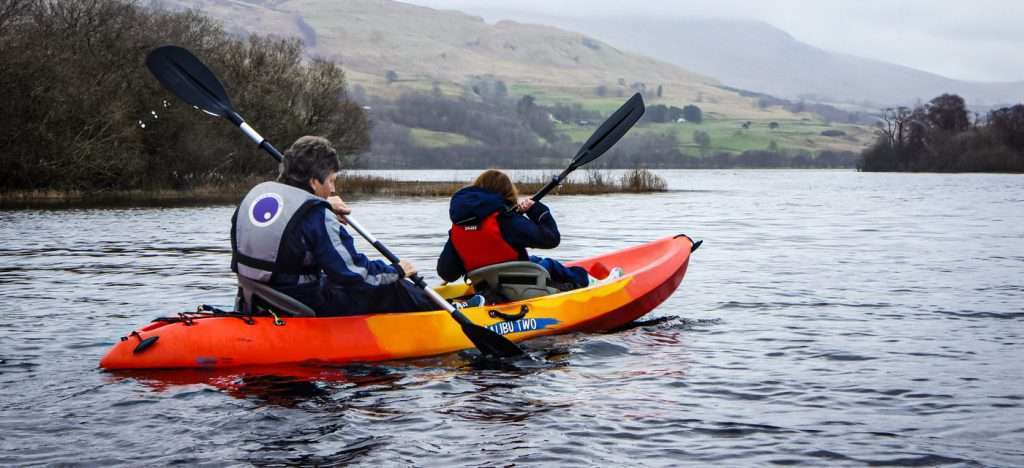There’s more to planning a paddling route than grabbing your gear and jumping in the boat and heading down the river. There are quite a few things you’ll want to take into consideration before your feet even touch the water. Mother Nature can throw quite a few variables your way that you’ll have to contend with. Planning a route efficiently will mean your trip will be safe, which means having a better time.
Difficulty: Moderately Easy
Things You’ll Need:
- Local guide books Local maps and charts Local tide and current tables
- Local guide books
- Local maps and charts
- Local tide and current tables
Step 1
Research the area where you plan on paddling. It’s probably best to purchase a local guide book detailing the specific area where you’ll be going. It will tell you about the different hazards, points of access and any attractions that might be along the route you’re taking. Talk to local guides or paddling clubs that have paddled the particular area for their take on your route.
Step 2
Purchase maps or charts that physically describe the area. You’ll be able to chart water depths, structures, shoals or other obstructions that could get in your way along the route. Remember, waters and shorelines are constantly changing, so you’ll need to have the most up-to-date information available on your route.
Step 3
Consider the tides and currents when planning your route. You’ll be better able to plan when the water will be higher or lower and the currents stronger. This will enable you to plan which times will be best to do your traveling.
Step 4
Update yourself on the current weather and the changes that are expected to happen during your journey. Bad weather can happen at any time and it’s best to be as flexible as possible and prepared to change your plans during your trip.
Step 5
Consider the skill levels of all the people who will be joining you on the paddling trip. You don’t want to fill a boat with novice paddlers if some of the water conditions you’ll be paddling through will be treacherous. It’s best to combine all skill levels in every boat to keep everyone as safe as possible.
Step 6
Plan on how long your journey will be each day and where you’ll be camping, if the trip is longer than one day. Most guide books, maps and charts will show where the various campsites are located along your route. Plan on being safe but make sure you have fun.

